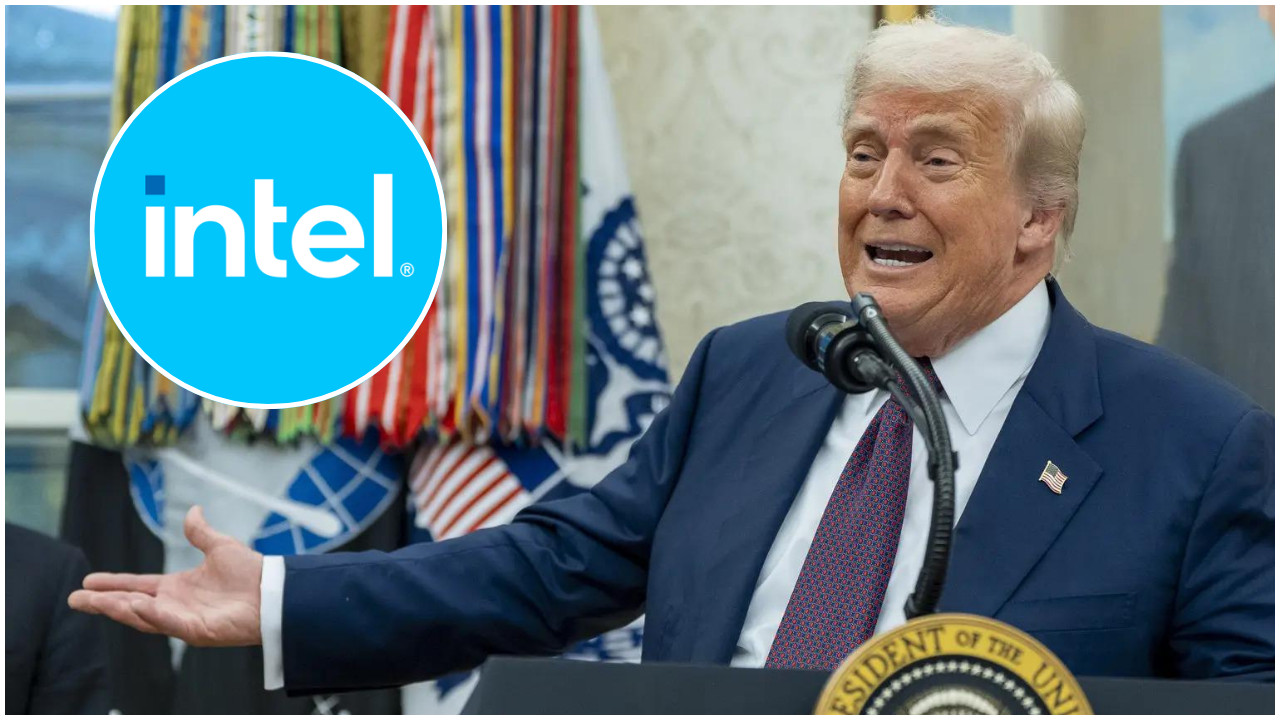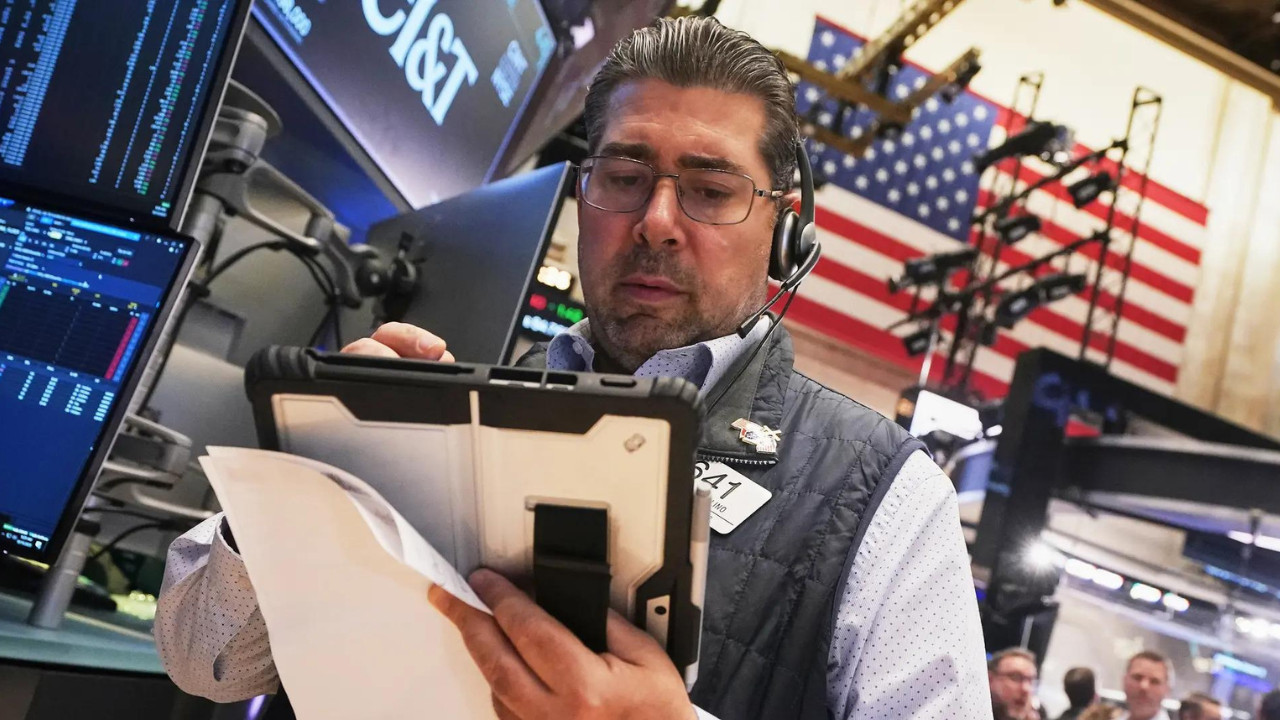The US government has acquired a 10% stake in Intel for $8.9 billion, funded through CHIPS Act grants and the Secure Enclave program. This move, celebrated by Intel’s CEO, aims to bolster American technology and manufacturing.
Will Intel’s New Partnership Supercharge US Tech Dominance?
The winds of change are definitely blowing in the semiconductor industry. In a move that has sent ripples through the tech world, Intel has secured a significant investment, and the implications could reshape the landscape of American technological leadership. But what does it really mean, and how will it impact consumers and businesses alike?
The deal, reportedly championed by former President Donald Trump, sees a 10% ownership stake transfer to an American entity. While the specific details of the investing party are still under wraps, the message is clear: a renewed focus on bolstering domestic tech capabilities. This isn’t just about money; it’s about control, innovation, and securing America’s position at the forefront of the technological revolution.
A Shift in Semiconductor Strategy?
For years, the semiconductor industry has been dominated by a complex web of international collaborations. Manufacturing has often been outsourced to countries with lower labor costs and established infrastructure. This investment signals a potential shift – a move toward bringing more of that critical manufacturing process back to American soil. Why? Because semiconductors are the brains of everything, from your smartphone to your car, and controlling their production means controlling a significant slice of the global economy.

This isn’t just about national pride, although that certainly plays a role. It’s about national security. Relying heavily on foreign manufacturers for essential components creates vulnerabilities that could be exploited. This investment aims to mitigate those risks, ensuring a more secure and resilient supply chain for American businesses and government agencies. We’ve seen firsthand how supply chain disruptions can cripple industries, and the semiconductor shortage of recent years served as a stark reminder of the fragility of our interconnected world.
What Intel Gains From The Deal
Beyond the obvious financial boost, this partnership allows Intel to double down on its ambitious plans for expansion. CEO Lip-Bu Tan has publicly stated his commitment to American tech leadership, and this investment provides the resources to turn that vision into reality. This could translate into new factories, increased research and development spending, and the creation of countless high-paying jobs. Think of the potential for innovation when you combine Intel’s established expertise with a fresh influx of capital and a renewed focus on domestic manufacturing.
Consider this move in tandem with previous government initiatives aimed at boosting the semiconductor industry, like the CHIPS Act. These are not isolated events but pieces of a larger puzzle. The goal is to create a vibrant and self-sufficient American semiconductor ecosystem, one that can compete with the best in the world and drive innovation for decades to come.
The Broader Impact on US Tech
The effects of this deal will likely ripple far beyond Intel’s headquarters. A stronger domestic semiconductor industry will benefit a wide range of sectors, including automotive, aerospace, telecommunications, and healthcare. Innovation in these areas relies heavily on access to cutting-edge chips, and a reliable domestic supply will fuel growth and competitiveness.
Furthermore, a thriving semiconductor industry attracts talent, encourages entrepreneurship, and fosters a culture of innovation. It creates a virtuous cycle, where success breeds further success. This could lead to the emergence of new companies, new technologies, and new opportunities for American workers.
Check out our article on how the CHIPS Act will impact the future of tech in the US.
Challenges Ahead for Intel
Despite the optimism surrounding this investment, challenges remain. Building and scaling up semiconductor manufacturing facilities is a complex and costly undertaking. Competition from established players in Asia is fierce. And attracting and retaining skilled workers in a rapidly evolving technological landscape will require ongoing investment in education and training.
Ultimately, the success of this partnership will depend on execution. Intel must effectively leverage the new resources to accelerate its innovation pipeline, build world-class manufacturing facilities, and cultivate a skilled workforce. But with the right strategy and a unwavering commitment to American tech leadership, Intel has the potential to reshape the semiconductor industry and secure America’s place at the forefront of technological innovation.
The future of Intel, and potentially a large slice of the US tech industry, hinges on this investment. Will it deliver on its promise of boosting American tech dominance? The next few years will undoubtedly be a crucial test.







